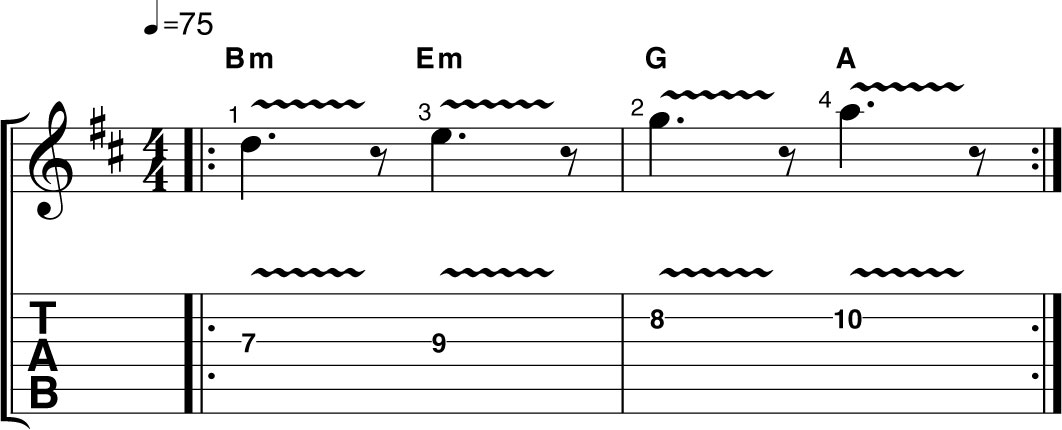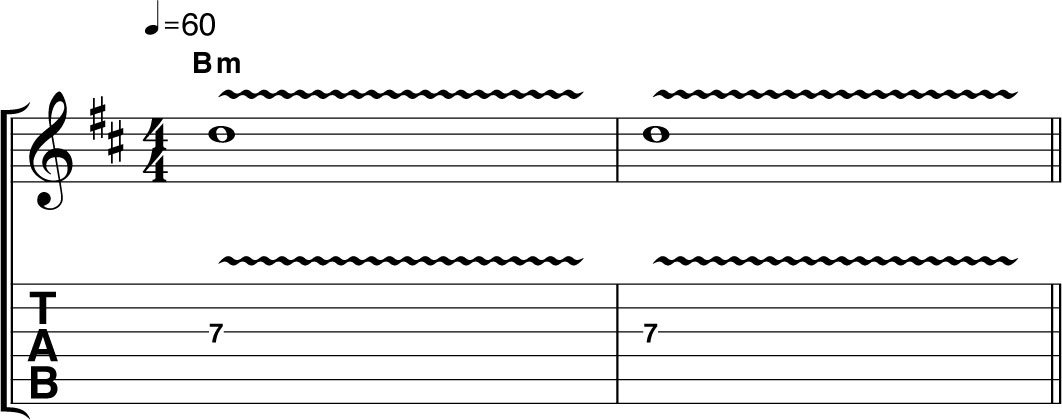Guitar lesson: how to use vibrato
Try your hand at one of the most expressive lead guitar techniques and put your own mark on every solo you play
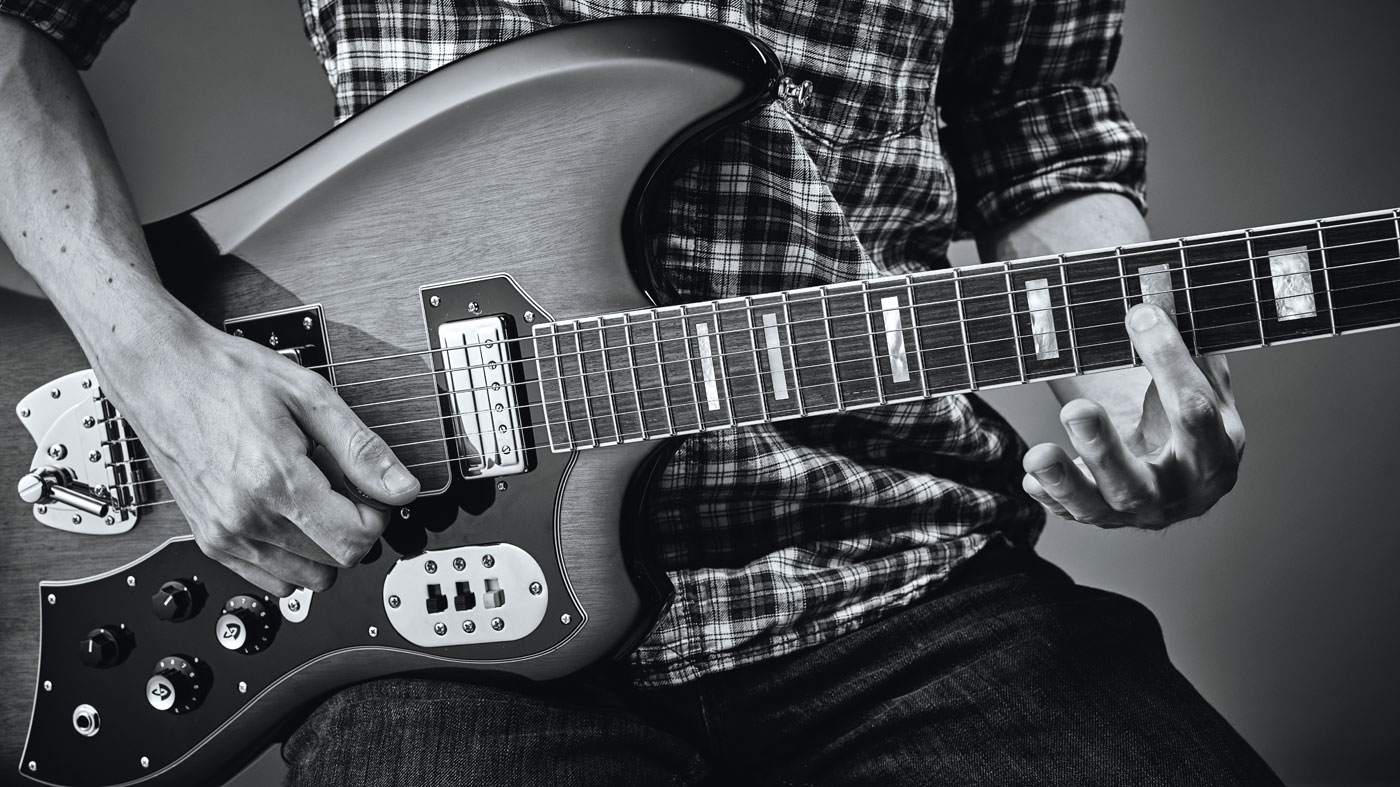
“Vibrato? What’s that then?”
Vibrato is an expressive technique that adds character to notes. It’s a set of very small string bends that are usually applied to sustained notes. Because there are so many possible variations, it’s one of the most distinctive parts of a guitarist’s style.
Many players are instantly recognisable from just a single note that’s played with vibrato.
“Can it really make that much difference to your style? I need proof!”
Well, there’s no better proof than BB King. His stinging vibrato is a big part of why he was considered one of the world’s greatest and most recognisable blues players.
AC/DC’s Angus Young uses an aggressive fast, wide vibrato, which gives his playing an energetic sound.
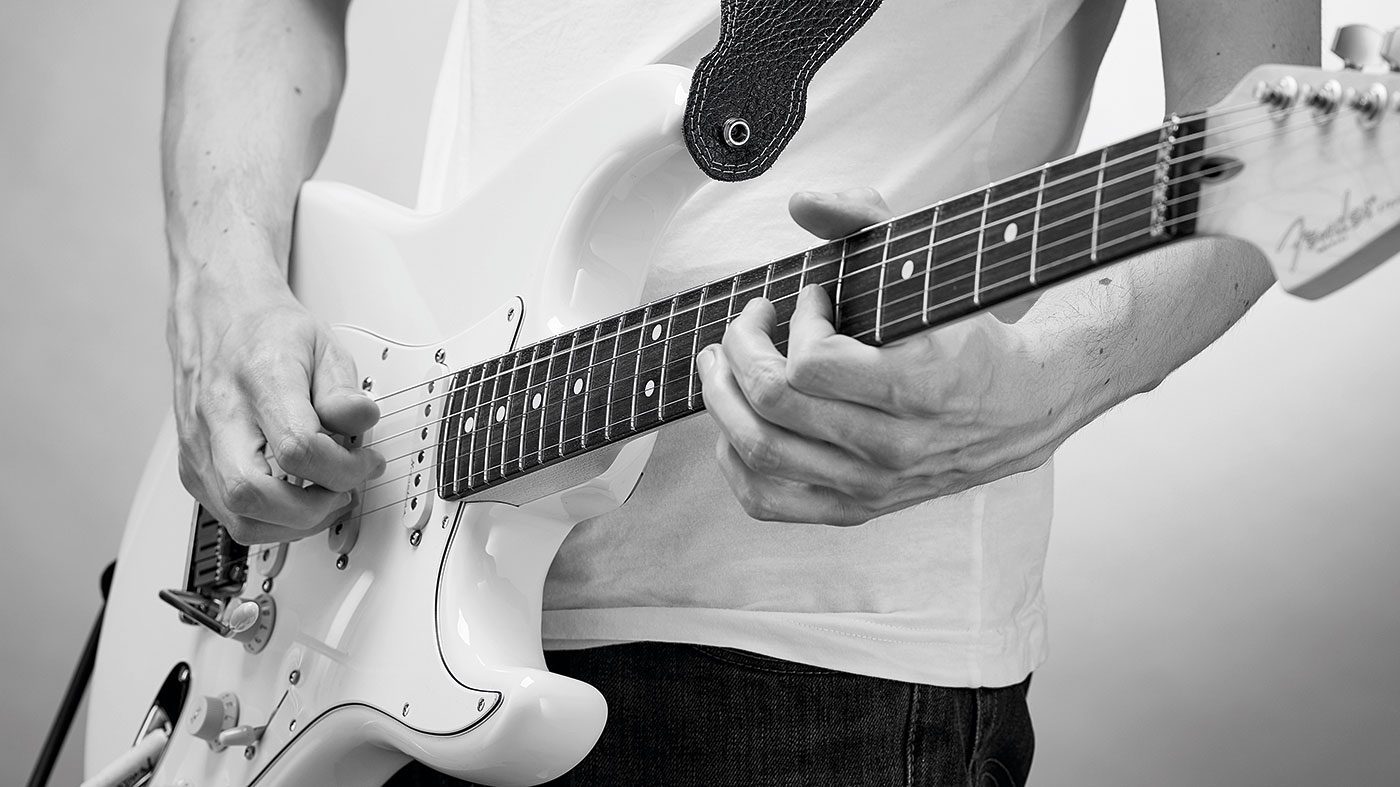
“Point made. How do I do it?”
As we just said, you’re playing lots of tiny bends. There are two main types of vibrato (see photos), but the main thing to remember is that the movement usually comes from the wrist, rather than moving the fretting finger in isolation - this will give you more control.
Our first tab example (below) is a simple slow melody that gets you using all four fingers straightaway. You can do any combination of fast or slow, narrow or wide. Just make sure every bend is the same and that your speed is consistent. If you don’t, your playing may sound out of tune.
“Oh, that’s not as easy as it sounds. How can I improve?”
One thing you can do is vibrato ‘press ups’. Set a metronome to a slow tempo and bend the note by the same small amount in time with the metronome. This will help build muscle memory so that when you play at full speed the consistent movement will come naturally.
Want all the hottest music and gear news, reviews, deals, features and more, direct to your inbox? Sign up here.
“How do I know what kind of vibrato suits me?”
It will take a bit of time for you to decide this, so don’t worry for now. Experiment with different types and pretty soon you’ll find yourself gravitating towards your favourite method.
You should also bear in mind that, whatever your preference, no one type of vibrato works for all situations, a slow ballad won’t necessarily benefit from a fast, aggressive vibrato!
“Can I use it on any note or chord?”
You can use it on any note (lots of players use it on bends and long notes) and you can even apply it to chords. Spend a bit of time getting used to the basic technique using all four fingers and it won’t be long before you can get stuck into these more advanced applications.
Using all four fingers
Keep your vibrato consistent in pitch (how far you bend the string) and rhythm (how long each bend lasts). Too hard? Play the notes with your strongest finger.
Vibrato press ups
Bend the string slowly and see how far it moves. It should be the same every time hitting the highest point on one metronome click and the lowest on the next.
Vibrato styles: two steps to getting it right
1. Up and down vibrato
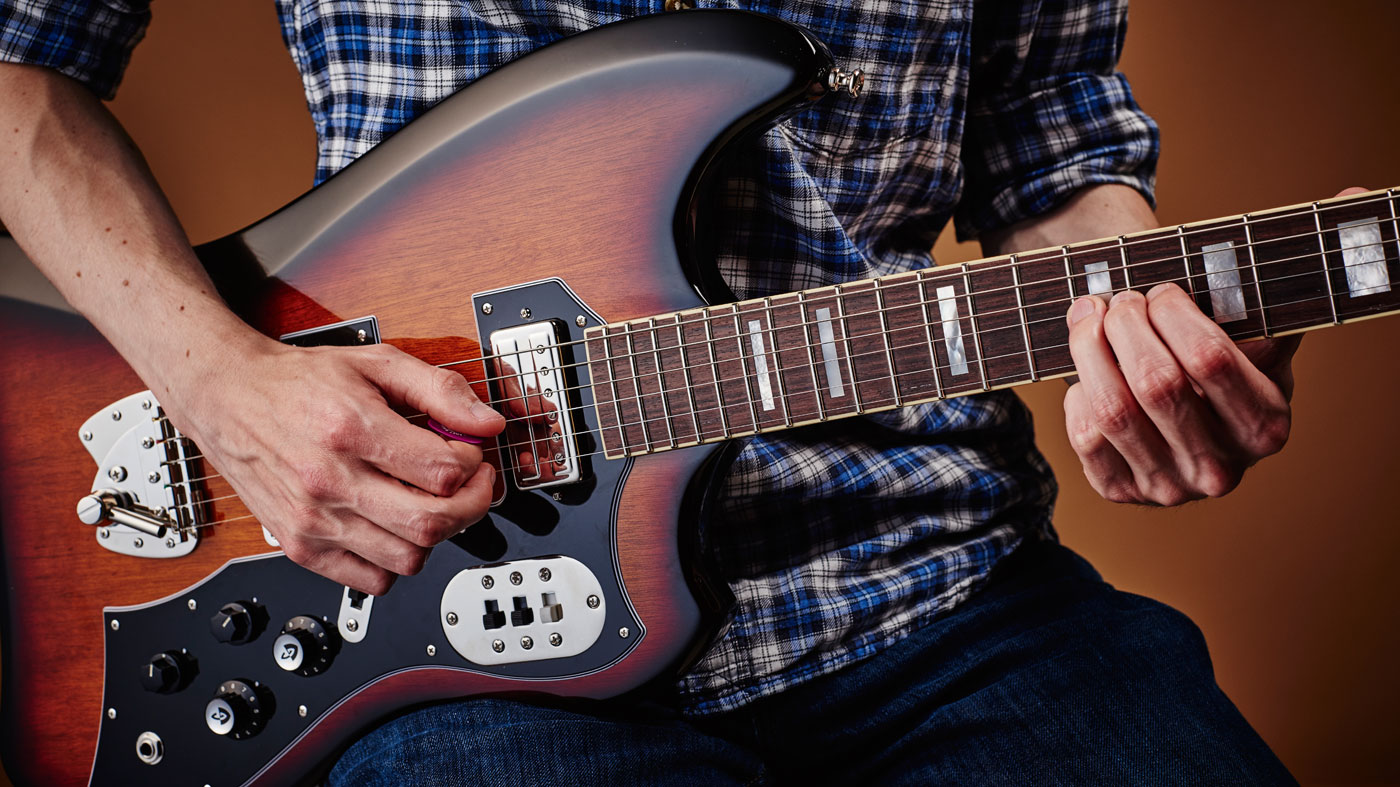
Rotate your whole hand and move the string up and down like a mini string bend. Use your thumb if you need extra leverage.
2. Side-to-side vibrato
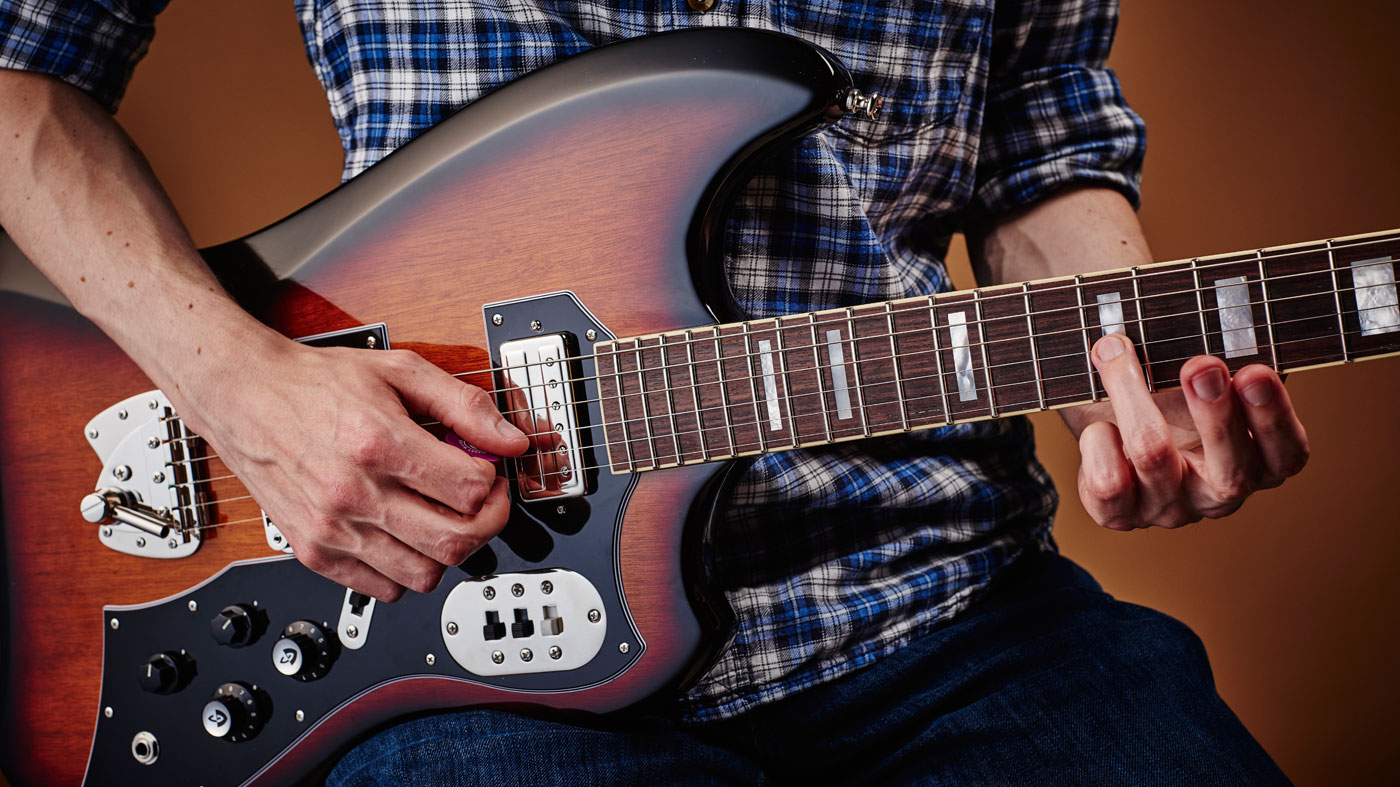
Again, move your whole hand, but this time move side to side to create a vibrato similar to violinists and cellists.
Total Guitar is Europe's best-selling guitar magazine.
Every month we feature interviews with the biggest names and hottest new acts in guitar land, plus Guest Lessons from the stars.
Finally, our Rocked & Rated section is the place to go for reviews, round-ups and help setting up your guitars and gear.
Subscribe: http://bit.ly/totalguitar
